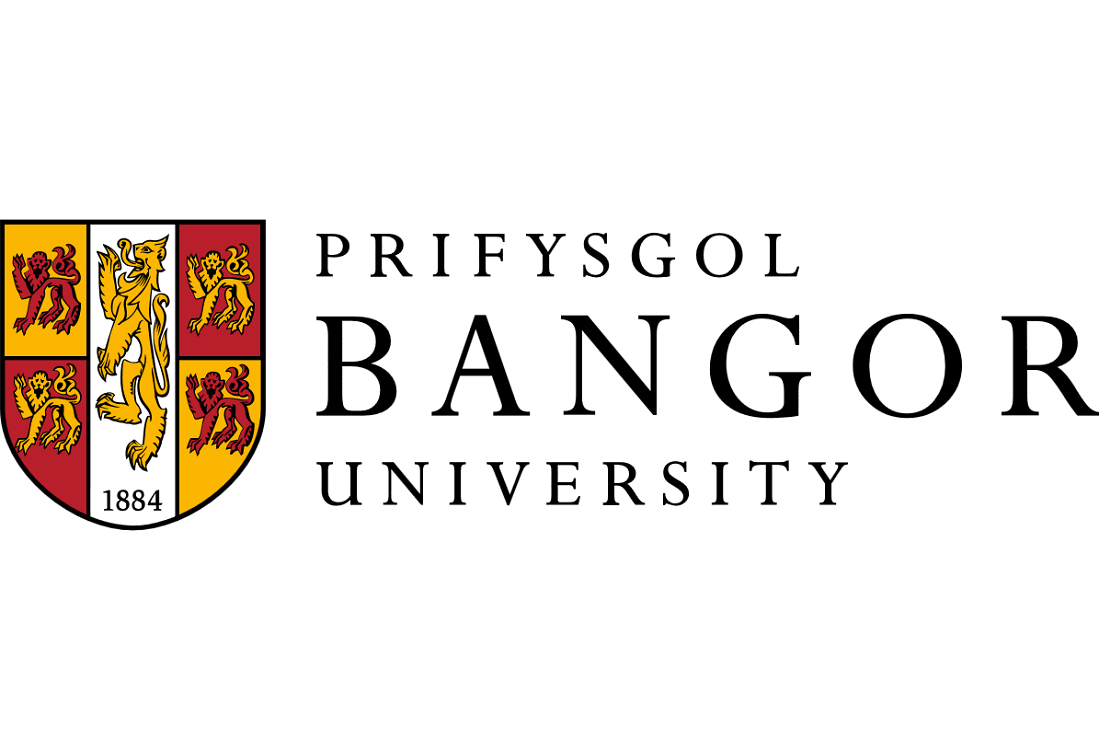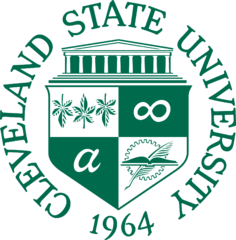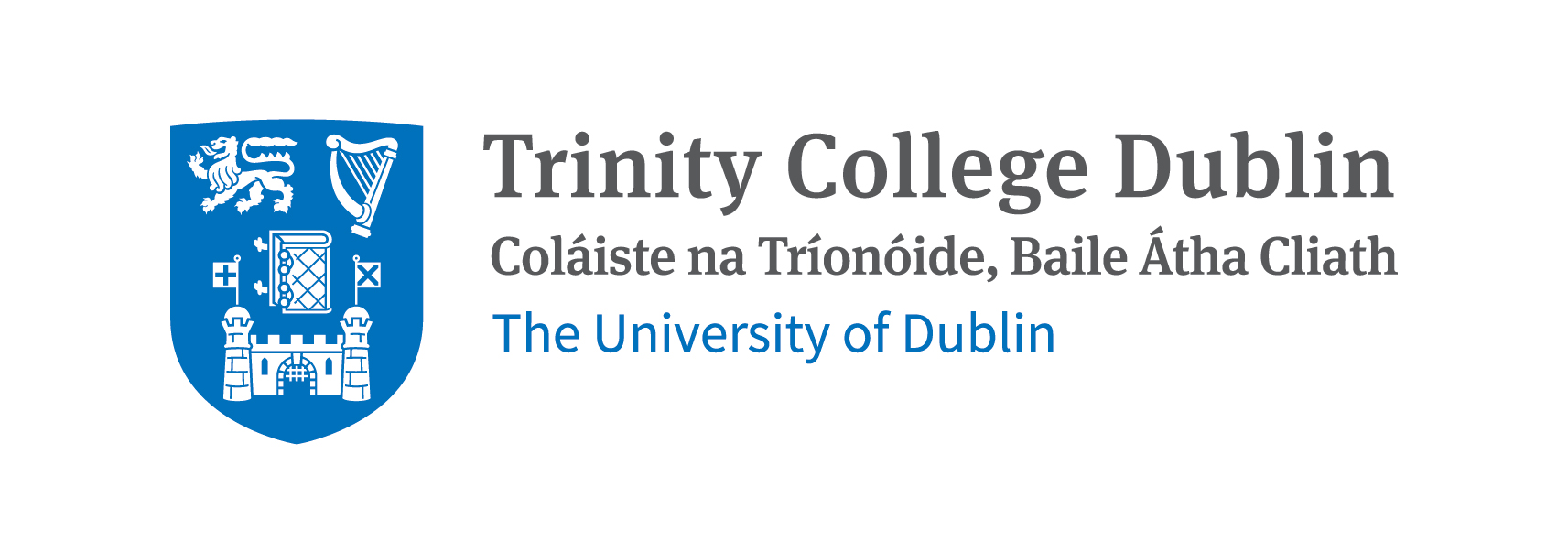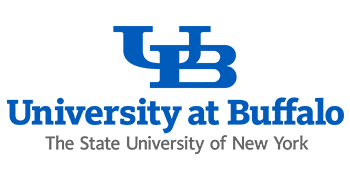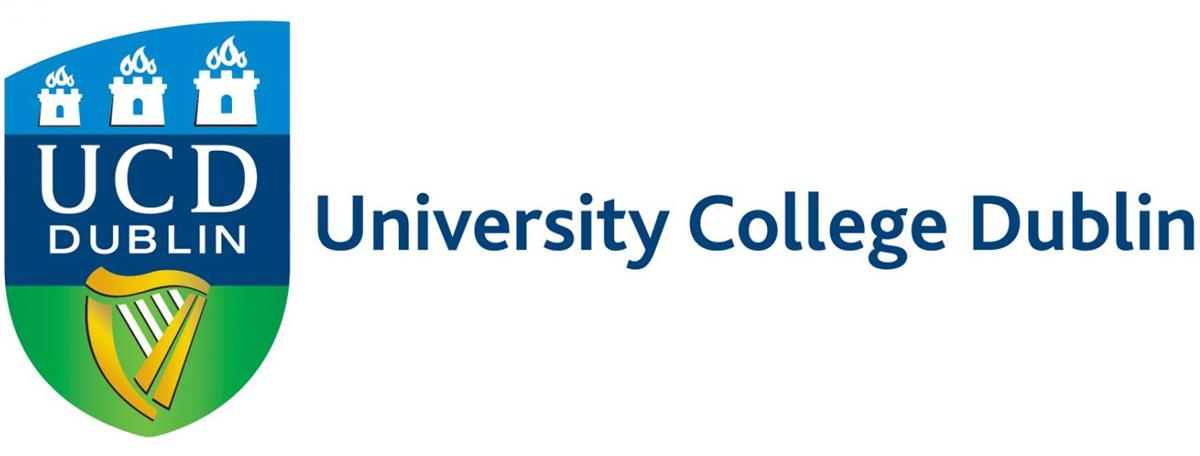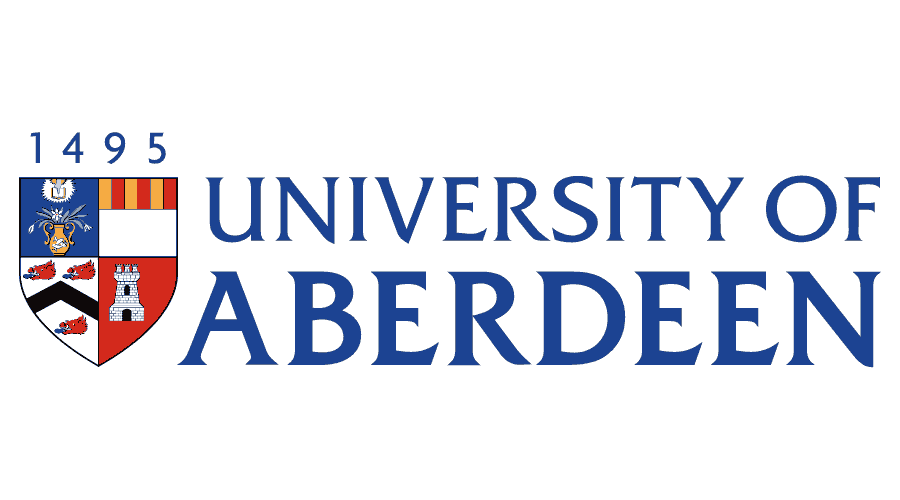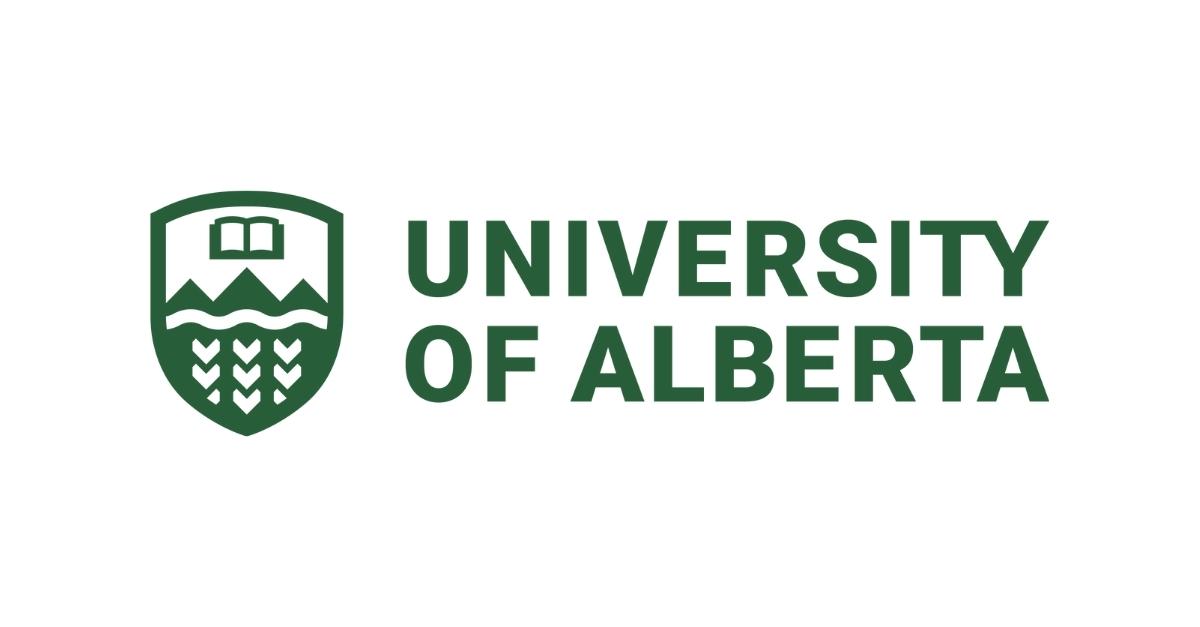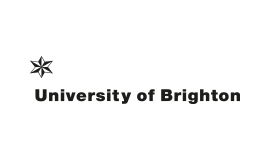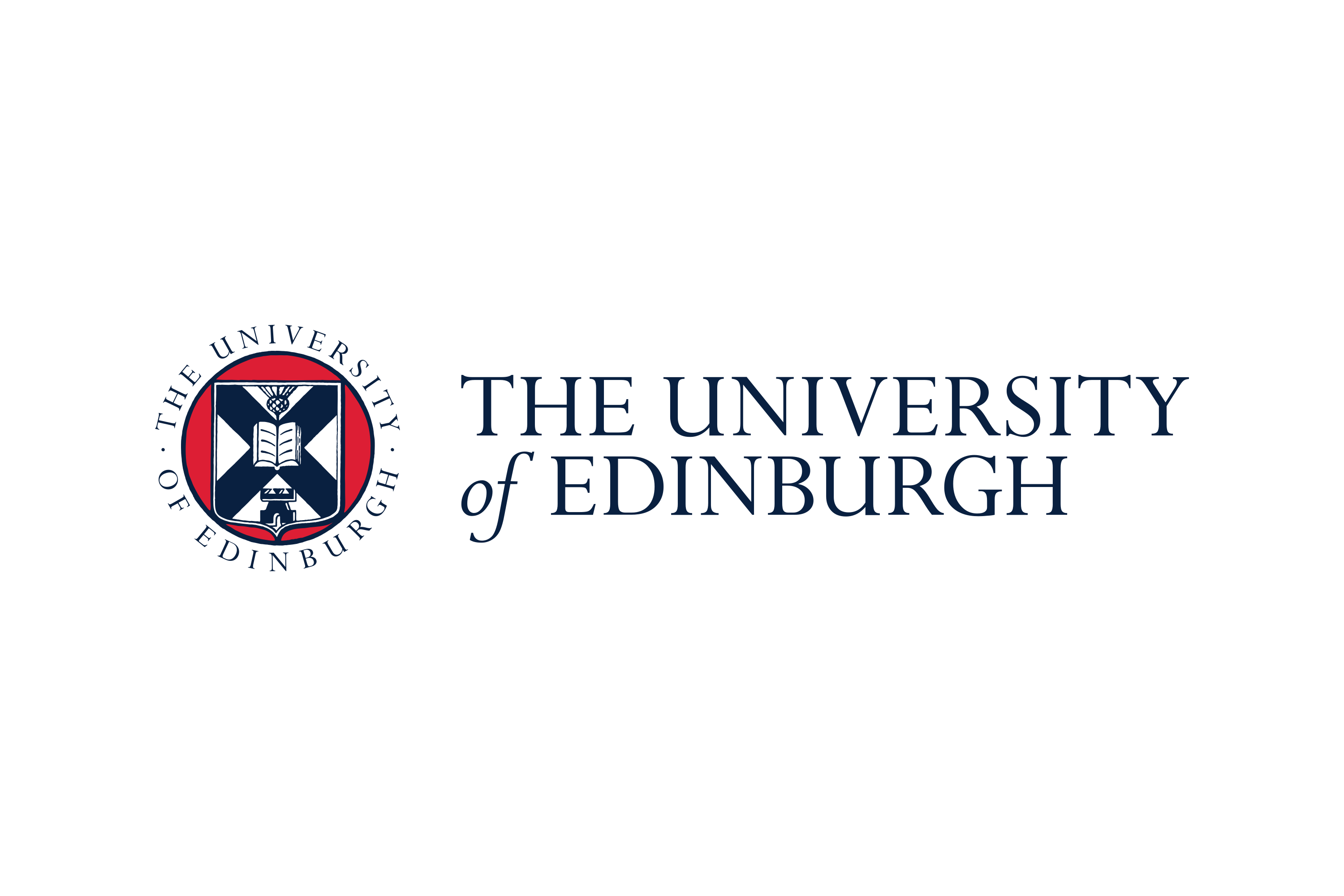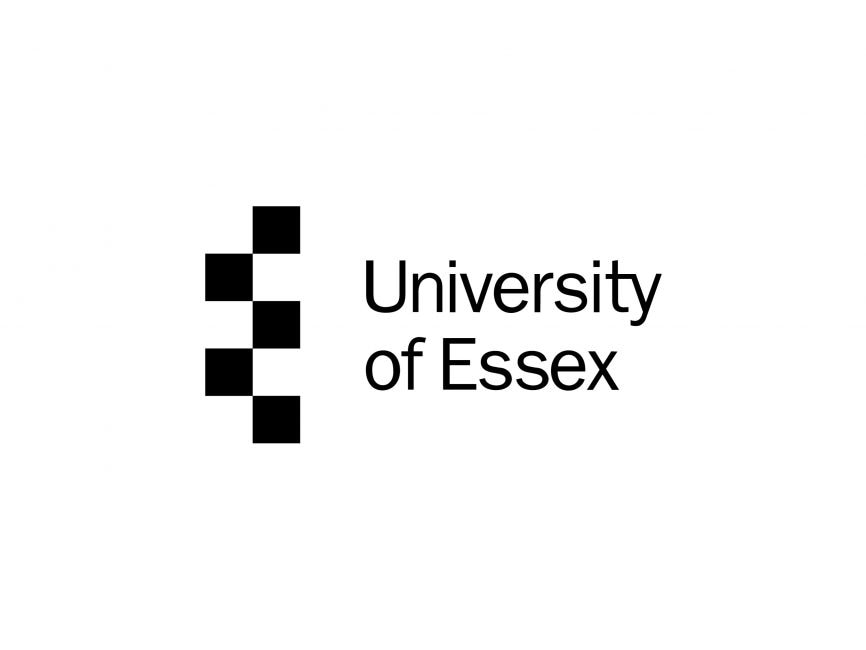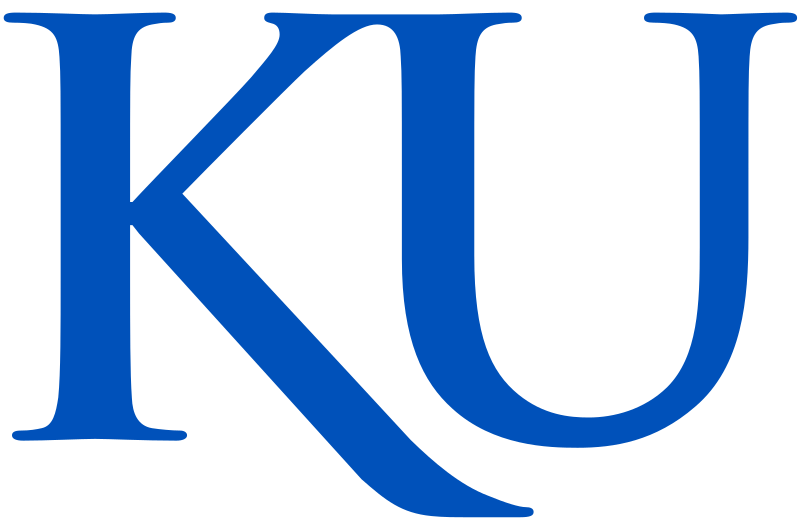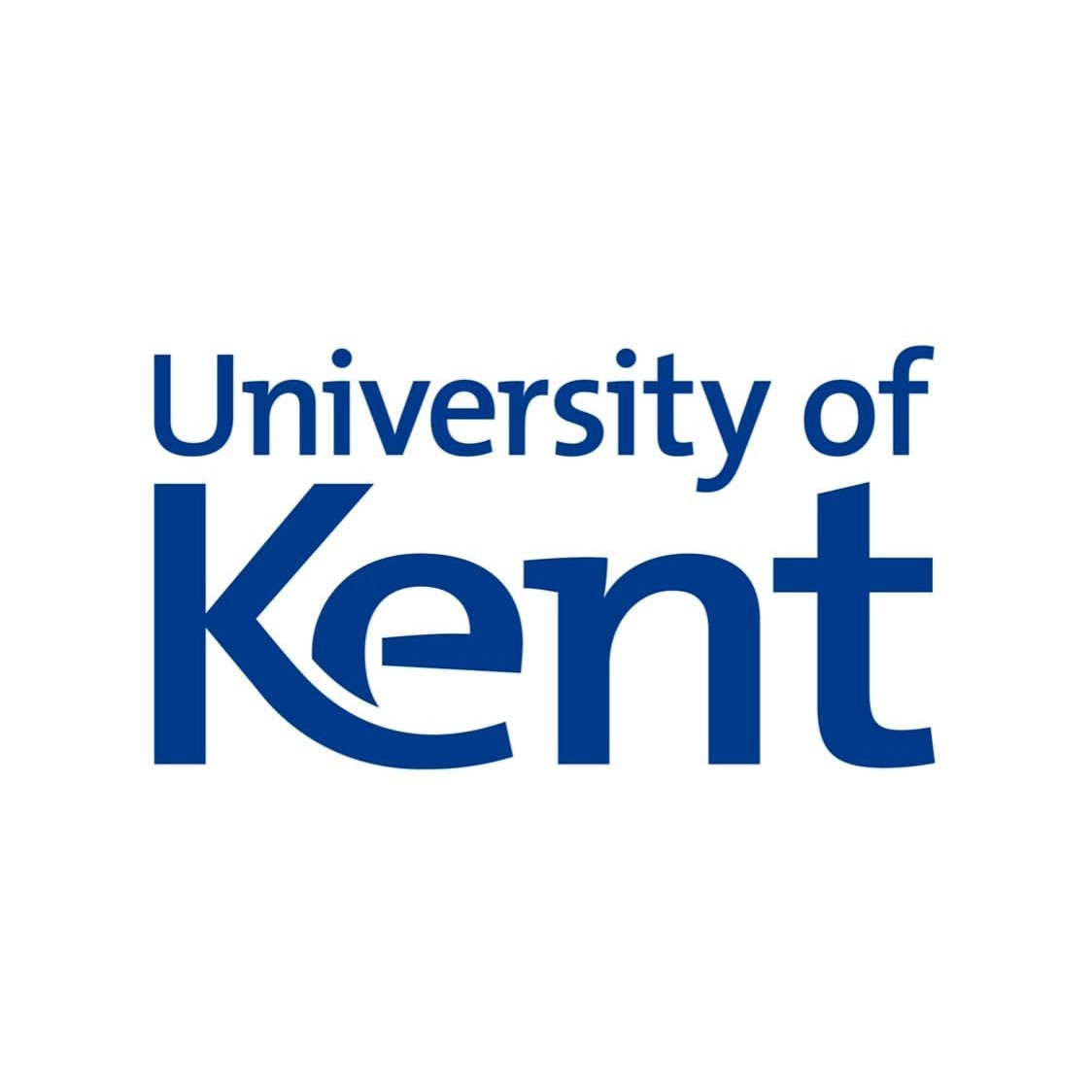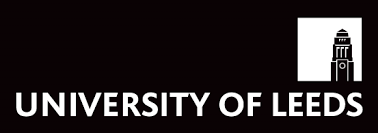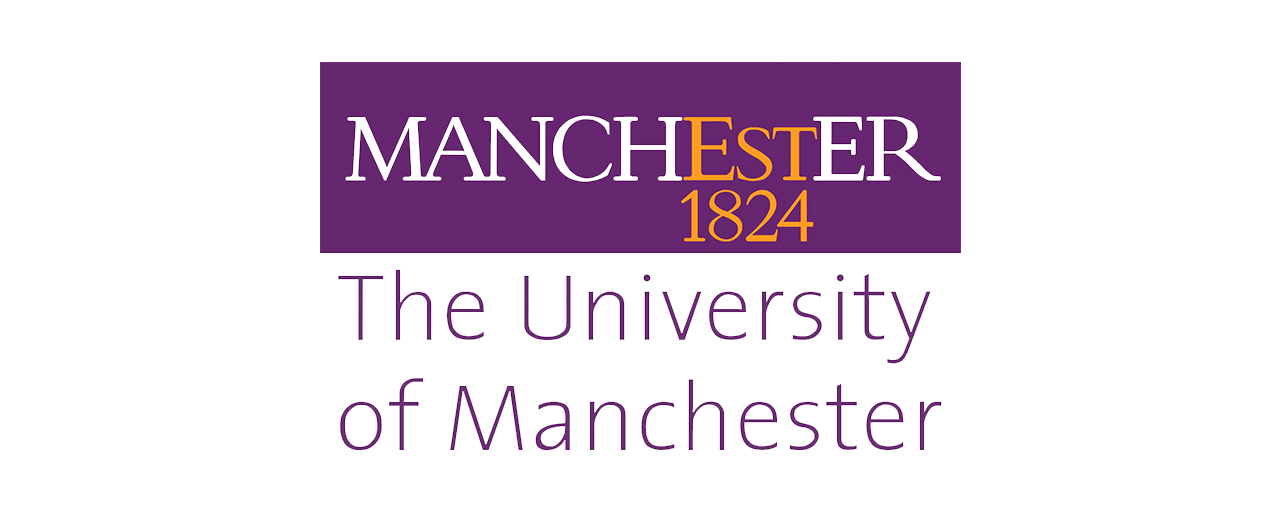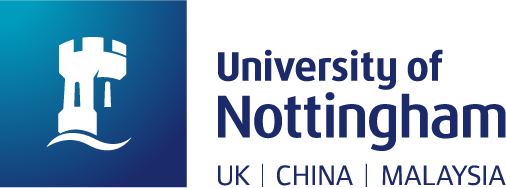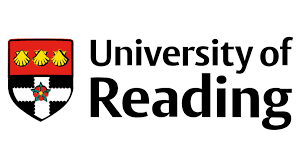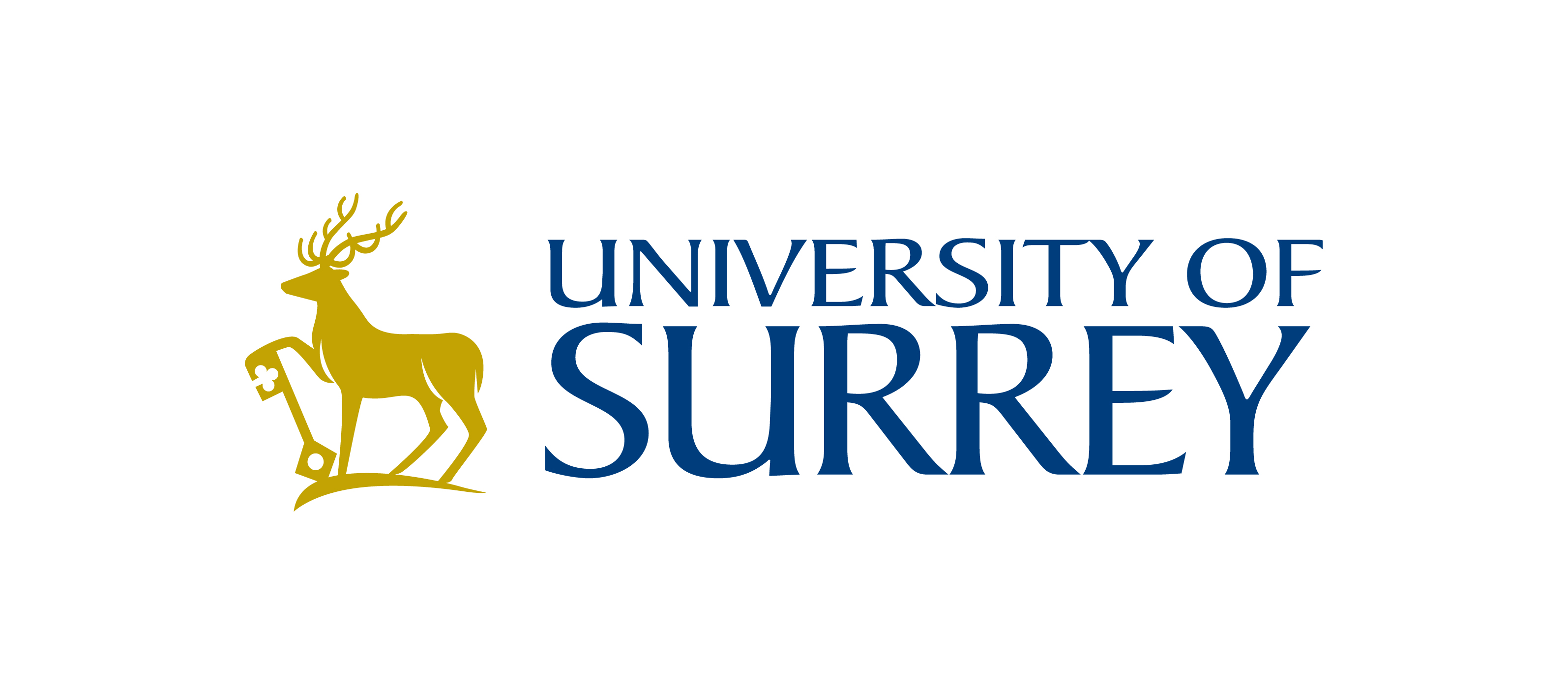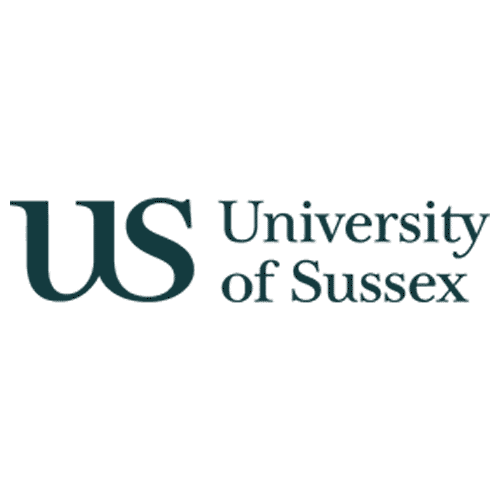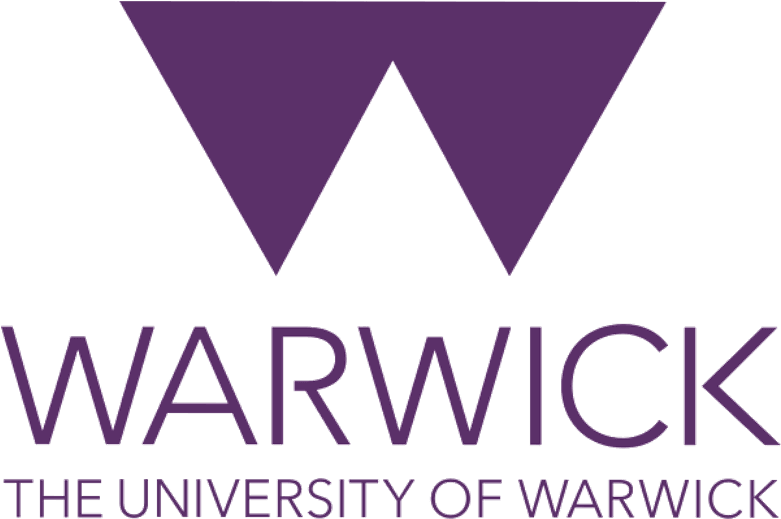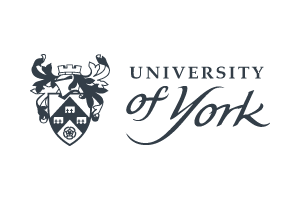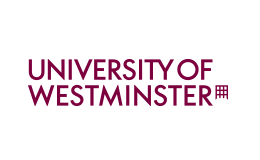Linguistics: Unlocking the Science of Language
Embark on a fascinating journey into the world of human language with a Linguistics degree abroad! This dynamic field explores the intricate systems that make communication possible, from the sounds we make to the meanings we convey. For Indian students looking to broaden their horizons, studying Linguistics internationally offers a unique opportunity to engage with diverse linguistic communities, cutting-edge research, and a global perspective on language.
Linguistics is more than just learning new languages; it's about understanding the fundamental principles that govern all languages. It's an interdisciplinary field that draws from psychology, sociology, anthropology, computer science, and philosophy, providing a rich and intellectually stimulating academic experience.
Why Study Linguistics Abroad?
- Global Perspective: Immerse yourself in different linguistic environments, gaining firsthand experience with language variation and cultural communication styles.
- Diverse Research Opportunities: Access world-renowned universities and research centers, working alongside leading experts in areas like neurolinguistics, computational linguistics, and sociolinguistics.
- Enhanced Employability: Develop highly sought-after analytical, critical thinking, and communication skills applicable to a wide range of careers.
- Personal Growth: Improve your own language skills, cultural awareness, and ability to adapt to new environments.
- Networking: Build an international network of peers and professionals, opening doors to global opportunities.
What You Will Study: Core Areas of Linguistics
A Linguistics program typically covers several core areas, providing a comprehensive understanding of language structure and function:
1. Phonetics and Phonology
This area focuses on the sounds of human language. Phonetics is the study of speech sounds themselves – how they are produced by the vocal organs, their acoustic properties, and how they are perceived. Phonology investigates how sounds are organized and patterned within specific languages, exploring sound systems and rules that govern pronunciation.
- Speech production and articulation
- Acoustic phonetics (sound waves)
- Auditory phonetics (sound perception)
- Phonological rules and processes
- Prosody (intonation, stress, rhythm)
2. Morphology
Morphology is the study of word structure. It examines how words are formed from smaller meaningful units called morphemes. This includes understanding prefixes, suffixes, root words, and how they combine to create new words and alter meaning.
- Inflectional and derivational morphology
- Compounding and reduplication
- Morphological typology of languages
3. Syntax
Syntax is the study of sentence structure. It explores how words are combined to form phrases and clauses, and how these units are organized into grammatically correct sentences. Understanding syntax is crucial for comprehending how meaning is conveyed through sentence construction.
- Phrase structure rules
- Syntactic categories (nouns, verbs, adjectives)
- Transformational grammar
- Cross-linguistic syntactic variation
4. Semantics
Semantics is the study of meaning in language. This area delves into how words, phrases, and sentences convey meaning, and how ambiguity can arise. It explores the relationship between linguistic expressions and the concepts they represent.
- Lexical semantics (word meaning)
- Sentential semantics (sentence meaning)
- Truth conditions and entailment
- Theories of meaning
5. Pragmatics
Pragmatics focuses on the study of language in use, considering the context in which communication occurs. It examines how speakers use language to achieve specific goals, how meaning is interpreted beyond the literal words, and the role of social factors in communication.
- Speech acts (e.g., promising, requesting)
- Implicature and inference
- Deixis (context-dependent words)
- Politeness and conversational maxims
Specializations and Electives
Beyond the core areas, many Linguistics programs offer a variety of specializations and elective modules, allowing you to tailor your degree to your specific interests:
- Sociolinguistics: The study of the relationship between language and society, including language variation, language change, and language contact.
- Psycholinguistics: Explores the psychological and neurobiological factors that enable humans to acquire, use, comprehend, and produce language.
- Computational Linguistics: Focuses on the application of computational techniques to linguistic problems, including natural language processing (NLP), machine translation, and speech recognition.
- Historical Linguistics: Investigates how languages change over time, tracing their evolution and relationships.
- Applied Linguistics: Deals with practical applications of linguistic theory, often in areas like language teaching, language policy, and forensic linguistics.
- Neurolinguistics: Examines the neural mechanisms in the brain that control the comprehension, production, and acquisition of language.
- Discourse Analysis: The study of language in texts and conversation, focusing on how meaning is constructed across longer stretches of communication.
- Corpus Linguistics: Uses large collections of text and speech data (corpora) to analyze language patterns and usage.
Career Opportunities for Linguistics Graduates
A degree in Linguistics equips you with a versatile skill set highly valued in today's globalized world. Graduates are prepared for diverse career paths, often requiring strong analytical, problem-solving, and communication abilities. Here are some potential career areas:
| Career Area | Examples of Roles | Key Skills Utilized |
|---|---|---|
| Technology & AI | Computational Linguist, Natural Language Processing (NLP) Engineer, AI Trainer, UX Writer, Speech Recognition Engineer | Data analysis, algorithmic thinking, understanding of language structure, problem-solving |
| Education & Research | ESL/EFL Teacher, Language Instructor, Researcher, Academic, Curriculum Developer, Language Assessment Specialist | Pedagogy, cross-cultural communication, analytical research, presentation skills |
| Communication & Media | Technical Writer, Editor, Copywriter, Journalist, Content Strategist, Translator, Interpreter | Clarity in writing, understanding of audience, semantic precision, cultural nuance |
| Government & Diplomacy | Intelligence Analyst, Foreign Service Officer, Language Specialist, Policy Advisor | Cross-cultural understanding, critical thinking, analytical skills, communication |
| Healthcare | Speech-Language Pathologist (requires further specialization), Audiologist (requires further specialization) | Understanding of speech production and perception, diagnostic skills, empathy |
| Marketing & Business | Market Researcher, Brand Strategist, User Experience (UX) Researcher, International Business Consultant | Understanding of consumer behavior, communication strategies, cross-cultural marketing |
Many Linguistics graduates also pursue further studies, including Master's degrees or PhDs, to specialize in a particular subfield or enter academia.
Is Linguistics Right for You?
Consider studying Linguistics if you are:
- Fascinated by how language works and its role in human cognition and society.
- Curious about different languages and cultures.
- Enjoy analytical thinking and problem-solving.
- Have strong observational skills.
- Are interested in the intersection of language with technology, psychology, or sociology.
Studying Linguistics abroad offers an unparalleled opportunity to delve deep into the science of language, preparing you for a future where understanding and effective communication are paramount. Explore your options and take the first step towards a truly enriching academic experience!

